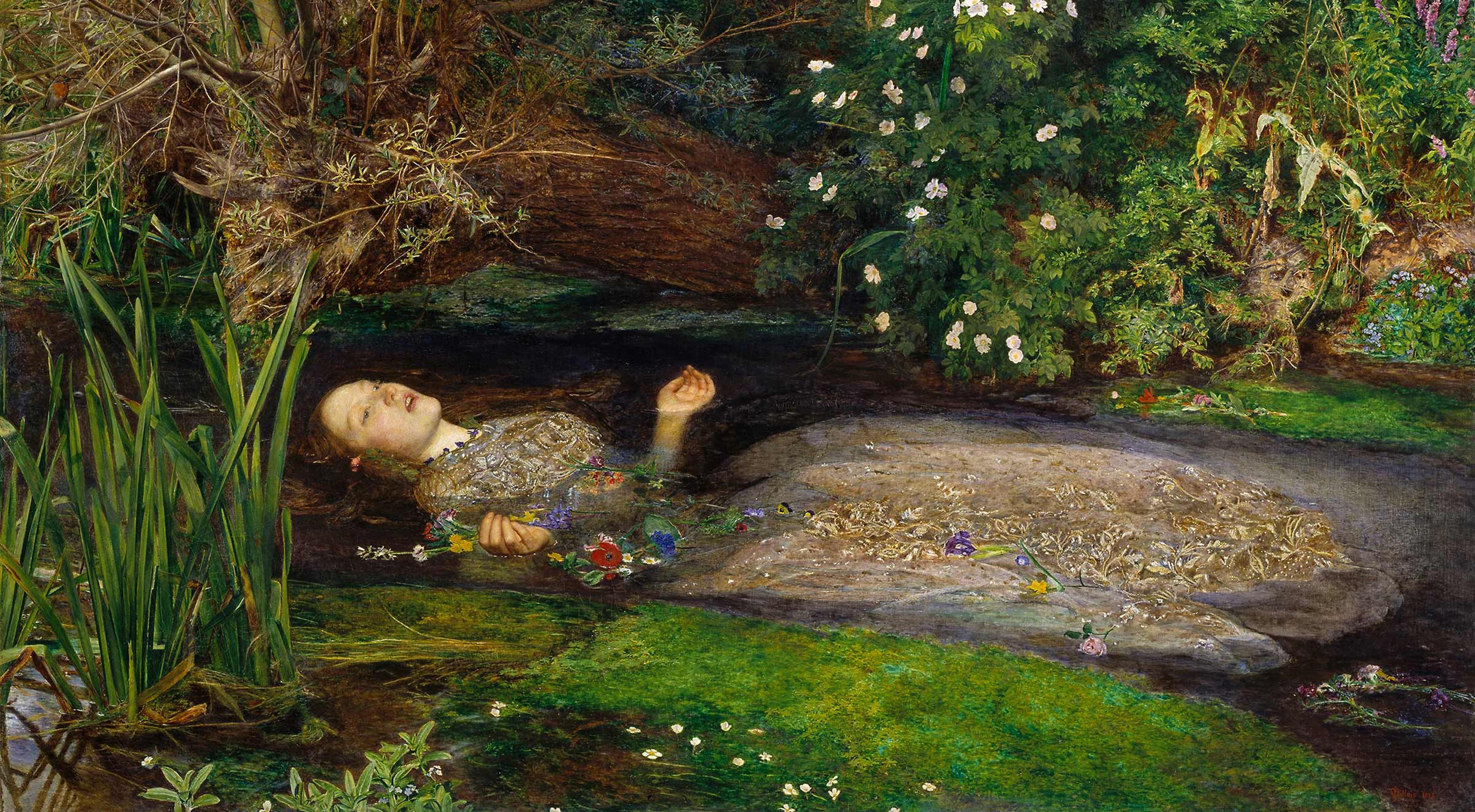Floriography, the cryptological communication through the arrangement and use of flowers, was a wildly popular way to express secret sentiments in the Victorian era, but it originated a bit before then. The fad’s development is credited to Lady Mary Wortley Montagu, an English poet and aristocrat.

Portrait of Lady Mary Wortley Montagu by Jonathon Richardson, 1725.
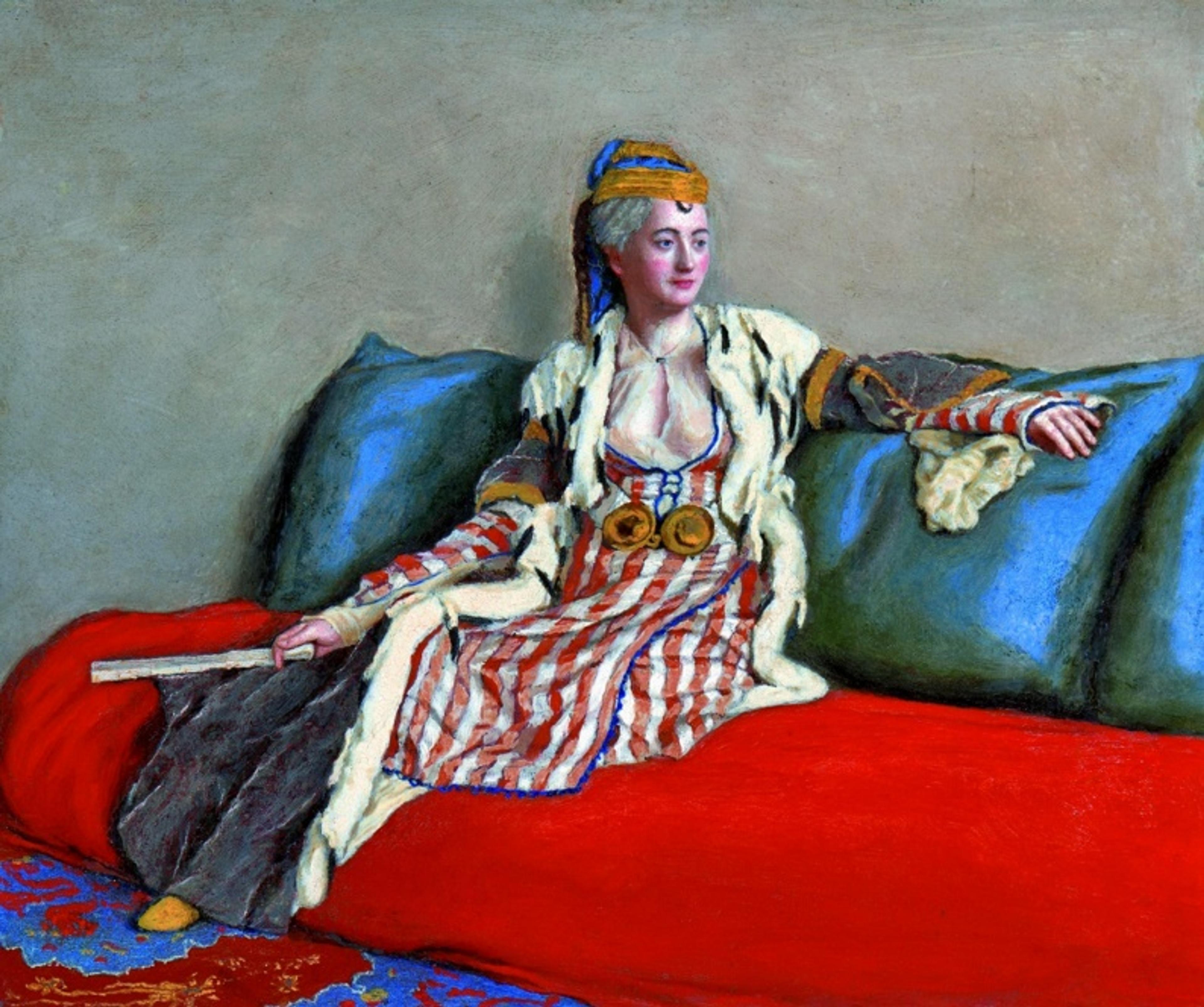
Lady Montagu in Turkish Dress by Jean-Étienne Liotard, c. 1756
In 1717 Lady Montagu accompanied her husband, the English ambassador to Turkey, to Constantinople. In her letters home she wrote of a Turkish game called “sélam.” In reality, sélam was just a popular pastime where women sent messages to one another by exchanging objects that rhymed with another word. Whether intentionally or not, Montagu misunderstood sélam, romanticizing it in her embassy letters as an elaborate coded floral language used by harem women to communicate with their secret lovers.
She said: “There is no color, no flower, no weed, no fruit, herb, pebble, or feather, that has not a verse belonging to it; and you may quarrel, reproach, or send letters of passion, friendship, or civility, or even of news, without ever inking your fingers.”
When her letters were published later in the 1760s, the concept of sélam was twisted even further, and the idea of a “secret flower language” quickly took hold of the European public. In the 18th century, Brits were obsessed with anything from the Ottoman Empire. More broadly than that, they were obsessed with anything they perceived as foreign (see also: Egyptomania). These “distant lands” were fetishized as exotic, sensual, mysterious places. In true colonial fashion the public was quick to latch onto any whiff of a trend to come from them, regardless of if their interpretation of that trend was culturally accurate or not.
Once the craze caught on, entire gardens, indoor and in greenhouses, were developed to cultivate rare flowers to use in the home and as accessories. By the early 19th century, publishers started to cash in on this growing Floriography trend, compiling lists of flowers and their secret meanings. Meanings were given based on myths, traditions, medical use, color, or just the imagination of whoever was writing the dictionary.
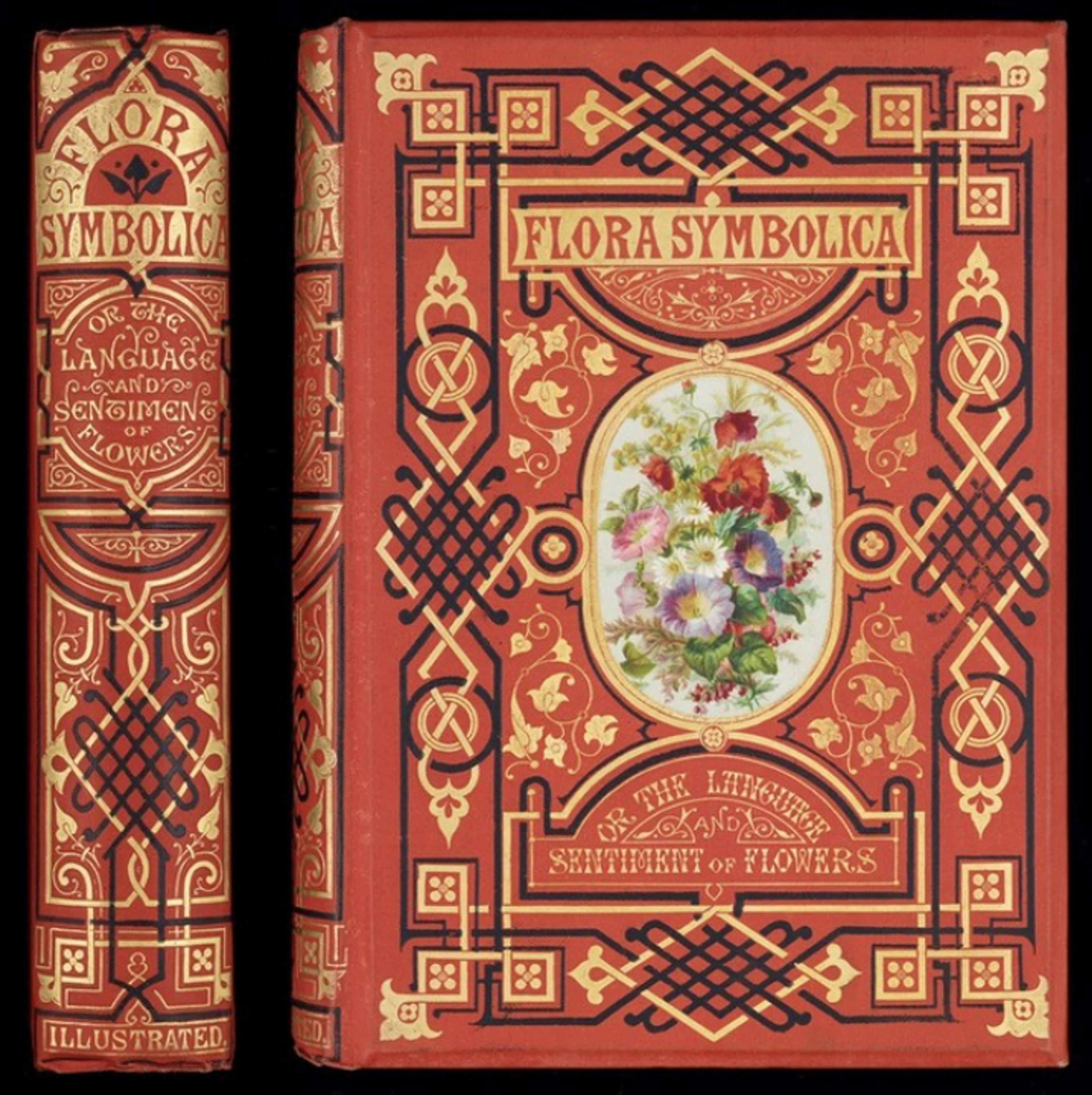
A copy of Flora Symbolica by John Henry Ingram, 1869.

An illustration from “The Language of Flowers”, 1857.
Why the surge of popularity? The concept of a secret code was an appealing outlet for Victorians, who lived in a reserved society where expressing your feelings outwardly was a BIG social faux pas.
Floriography allowed them to communicate their desires without saying anything at all.

Dante Gabriel Rossetti, “La Ghirlandata,” 1873. Honeysuckle and rose symbolized sweetness and...
Women in particular were in a tough position in the 18th and 19th centuries: they weren't allowed many modes of creative expression. However, anything to do with flowers was considered feminine and socially acceptable. You could really get cerebral with it — even the placement of the flowers could be construed in a number of ways. Bitchy rivalries and erotic flirtations could unfold via floral gifts, and in the end, it could all be denied if things got out of hand. They're only flowers, after all! Or are they?
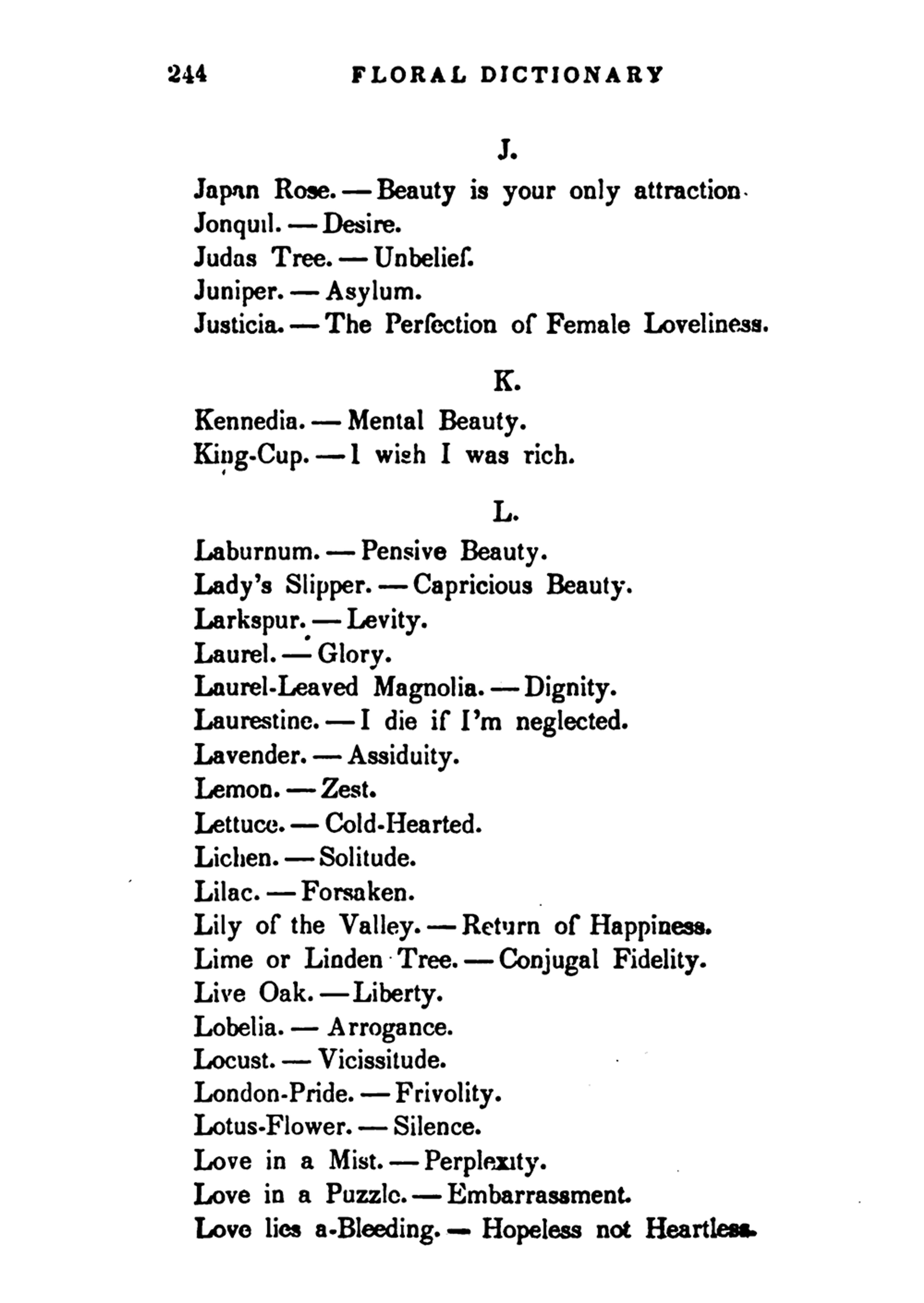
Pages from “The Lady’s Book of Flowers and Poetry: To Which Are...
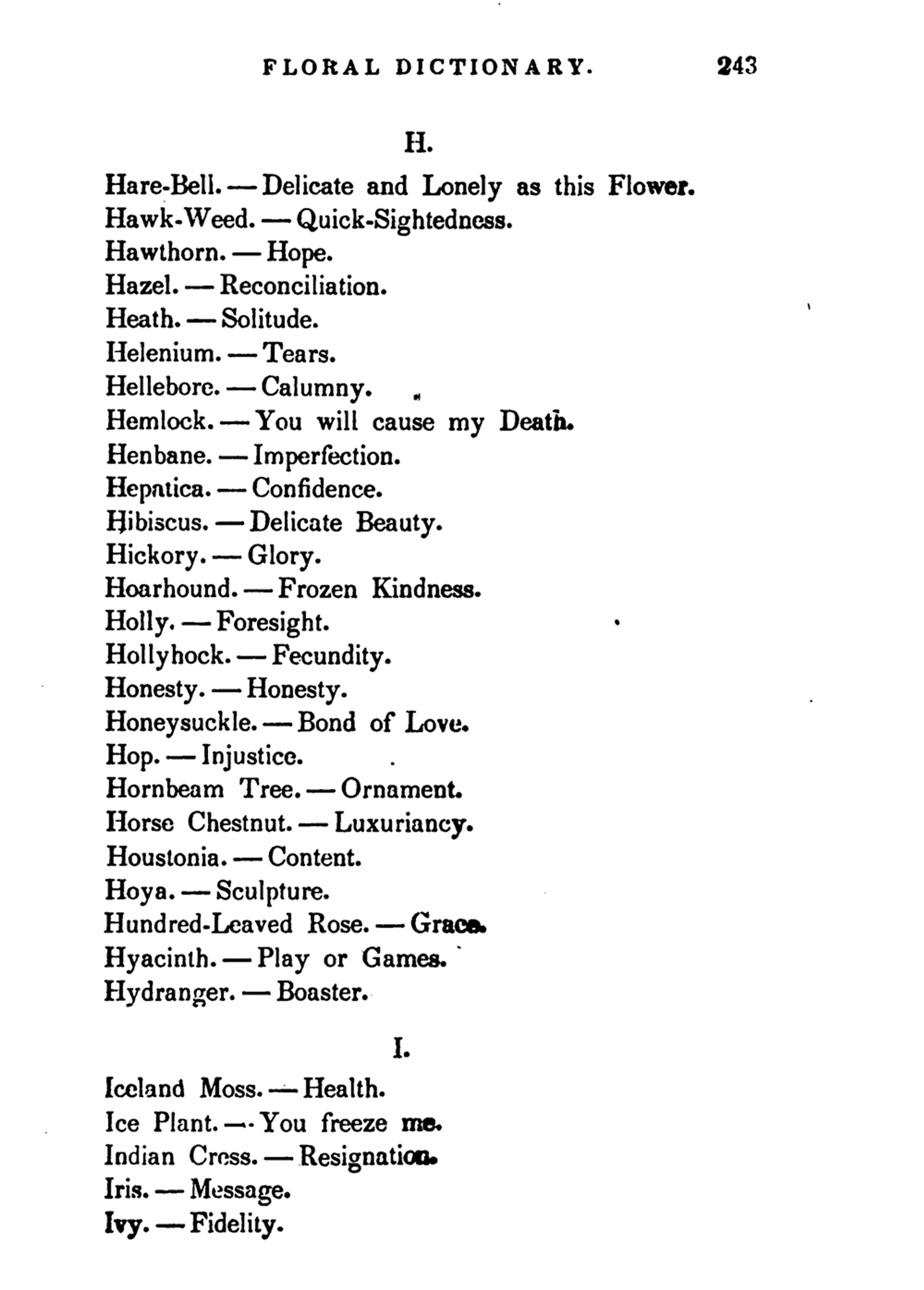
Oscar Wilde supposedly asked his friends to wear a green carnation on their lapels to hint at their homosexuality. People were saying that gayness was “unnatural,” and what's more unnatural than a flower dyed green? Apparently a dried white rose meant “I'd rather be dead than have sex with you.” And perviest of all, giving someone a tulip was the equivalent of texting the eggplant emoji, because a tulip looks vaguely like a woman's sexy parts.
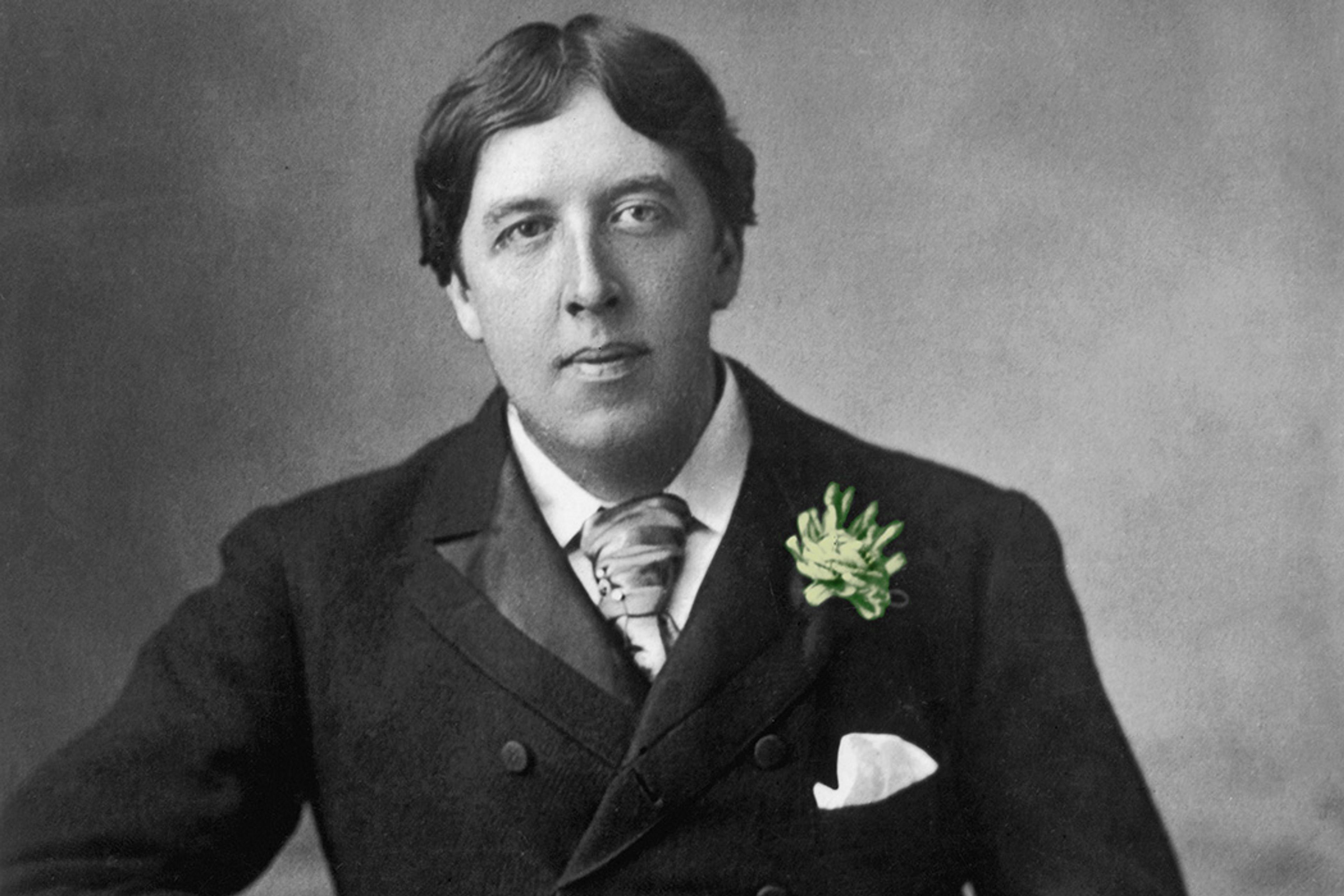
Oscar Wilde’s famous last words were uttered while he lay dying in...
Floriography wasn’t relegated to bouquets. The language was used in art, literature, and jewelry.
The floriography trend waned by the end of WWI, but if you are interested in learning more about these secret sentiments (there are TONS), this floral dictionary from 1884 continues to be printed to this day.
